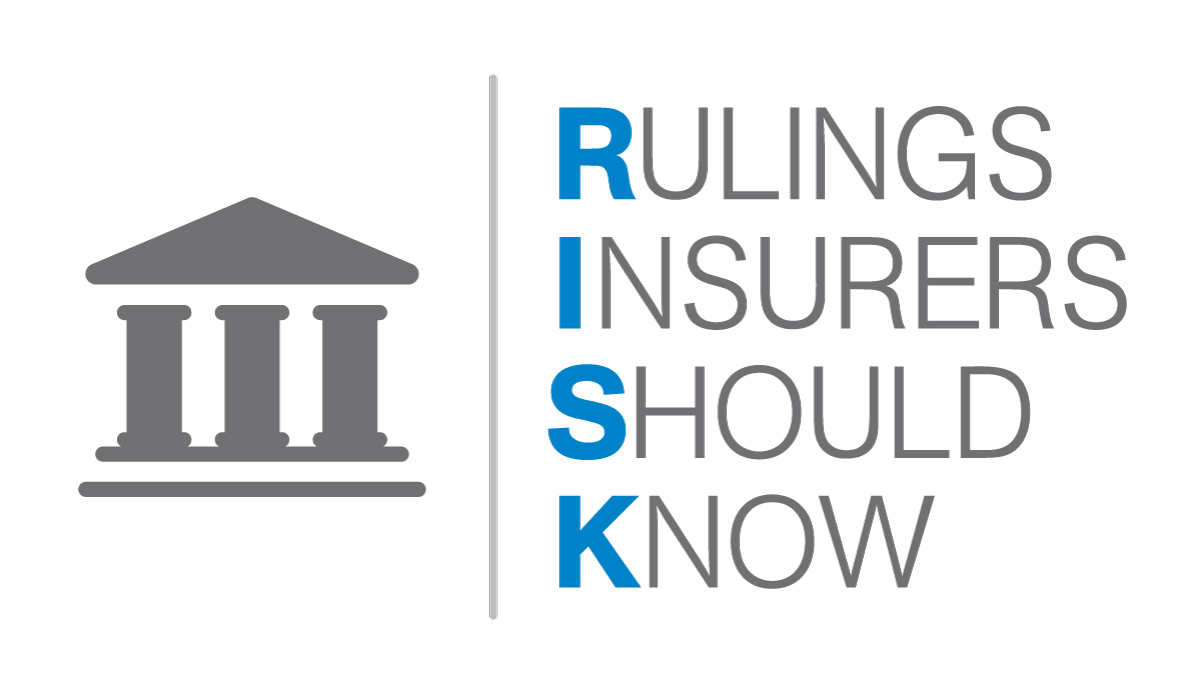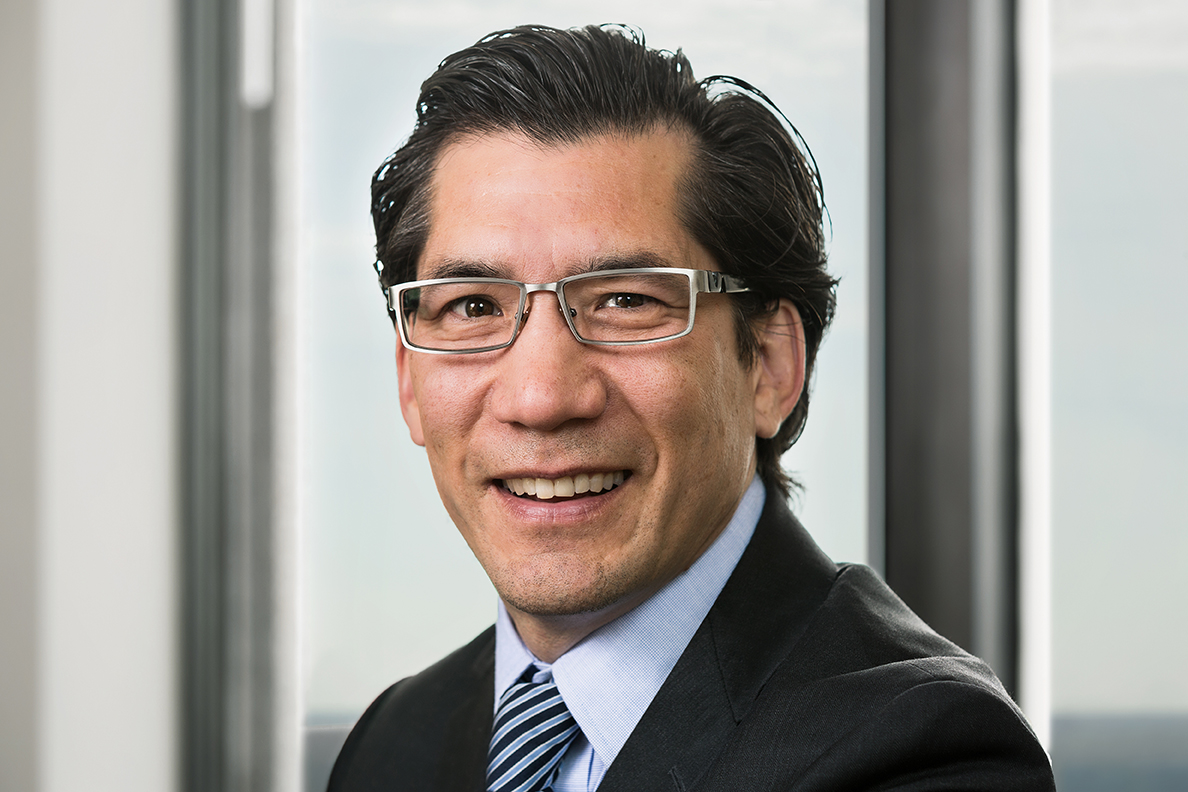Discoverability: The Statement of Claim is the Opportune Window

Szanati v Melnychuk, 2016 ONSC 1293
The evening of December 31, 2008, eight year old Maia Szanati was running in her home and fell headfirst into a table, dislodging her two front teeth. Maia was transported by ambulance to the Greater Niagara General Hospital (“GNGH”). She arrived at around 8:00pm. When Dr. Melnychuk, the on call dental surgeon, was unable to be reached by hospital staff, Dr. Dobrovolskis, the emergency room physician, attempted to reinsert Maia’s teeth around midnight. Unfortunately, Maia’s teeth feel out within minutes and Maia was discharged from the hospital with her teeth immersed in milk. Re-implantation was attempted by an oral surgeon, Dr. Consky, the following morning, but this failed. In Dr. Consky’s opinion, reinsertion was impossible due to the the bone damage sustained to Maia’s mouth as a result of the fall.
The family started a claim against the GNGH and Dr. Melnychuk December 6, 2010. Six years later, the Plaintiffs brought this motion seeking to add Dr. Dobrovolskis as a defendant to their initial claim. The Plaintiffs alleged the claim against Dr. Dobrovolskis was not discoverable until the receipt of a supplementary expert report in October of 2014. Dr. Dobrovolskis alleged all the material facts underlying a claim against him were known at the time the cause of the action arose, or at least when the Statement of Claim was issued. As such, the sole issue before the court was discoverability: when did the family actually have sufficient material facts on which to base an allegation of negligence against Dr. Dobrovolskis?
After issuing the Statement of Claim, the Plaintiffs received a letter from their family dentist in March of 2011 that detailed the significance of a two-hour “window of opportunity” post-accident for re-implantation of teeth. In his defence, Dr. Melnychuk then produced a specialist report in September of 2012 that confirmed the impossibility of surgical reinsertion in this case due to Maia’s bone damage. In March of 2013, the family brought in their own expert report that said Maia had no bone damage and reinsertion would have been successful had it been done in the two-hour window. The family then received a supplementary report on October 23 2014 that opined Dr. Dobrovolskis’ attempts to re-implant Maia’s teeth were “well intentioned” but “ineffective”, meaning it was he who did not effectively treat Maia’s injuries within “the window of opportunity”.
The Plaintiffs’ motion was dismissed. Citing Kowal v Shyak, 2012 ONCA 512, Maddalena J. affirmed the courts have been clear that for the limitation period to begin to run, it is enough for the plaintiff to have prima facie grounds to infer that a defendant caused harm. Discoverability thus does not imply exact certainty, but only that the facts are sufficient for a “potential claim”.
Maddalena J. explained the Plaintiffs knew that the timeliness of treatment was of the essence. Based on the evidentiary record, the court found the Plaintiffs knew or ought to have known of the potential claim against Dr. Dobrovolskis at one of two moments: i) when their Statement of Claim alleged “timeliness” of treatment was an issue; or at the latest by ii) when the Plaintiffs received the March 2011 report that expressly confirmed the two-hour window of opportunity was crucial to re-implanting the teeth. At all material times, the Plaintiffs were are Dr. Dobrovolskis was the only medical professional with their daughter during that period. There was no reason for the Plaintiffs to wait until Dr. Dobrovolskis was specifically named in the later expert report. The test for discoverability is simply when a case could be made, not necessarily when it is “winnable”.
What the Insurer Should Know
Once a plaintiff has sufficient facts for a potential claim, the limitation period begins to run.
 |
|
| Mitch Kitagawa | Kate Agyemang, Summer Student |



